Knowing these 5 key terms will help you to better understand how butterflies survive and interact with their environment. While visiting the Monarch Butterfly Biosphere Reserve in Mexico, I was able to observe all of these behaviors along with many others.Before moving ahead, I feel compelled to pay homage to the late, world-renowned Monarch conservationist and ecologist, Lincoln Brower, who spent most of his life studying monarch butterfly behavior. Without his research the monarch world would not be the same. NectaringButterflies don't have teeth but they do have a proboscis. A proboscis is basically an elongated snout that can straighten by hydrostatic pressure, allowing them to drink the nectar from tube-like flowers. When they aren't feeding, their proboscis is rolled up on the underside of their head. Some butterflies also like to feed on rotting fruit when flowers aren't available. BaskingDid you know that butterflies are ectotherms, also known as cold-blooded? This means they rely on the sun to warm their muscles and raise their internal temperature enough for flight. According to Journey North, a monarch's threshold for flight is 55°F (13°C). Their wings work as solar panels to capture that heat and reflect it onto their black thorax. Generally they "bask" with their wings outstretched in order to capture the maximum amount of UV radiation. Another way for butterflies to raise their internal temperature is by shivering, or moving their wings rapidly. In the video above you see this taking place at the Cerro Pelon Reserve in Mexico. (Photo: Rebecca Chandler) Butterflies do not have it easy. They are constantly avoiding freezing, desiccation, heat stress, and predation. That is why they have developed so many behavioral strategies in order to survive. According to a scientific paper by researchers Masters, Malcom and Brower: "The monarch thus is the first butterfly in which shivering has been shown to be of major ecological importance." RoostingButterflies don’t exactly sleep but they do rest or "roost". In fact, a cluster of butterflies is called a roost. When they roost, their wings are generally closed and you can see why. The Monarch butterfly has an excellent camouflage on the underside of it's wings that makes them look just like dried leaves. So, roosting allows them to hide from predators, rest and regulate their temperatures. Studies have found that clustering will also raise the butterfly's temperature, protecting them from freezing at night. Puddling Butterflies can be found sipping moisture from puddles or wet soil after a nice rain. Not only are they being hydrated but they also pick up salts in the process. The salts are also thought to increase a male butterfly's fertility. The video above shows them puddling at the Cerro Pelon Reserve in December of 2018 (Photo: Rebecca Chandler). MatingInterestingly enough, Monarchs differ from their close relatives, the Danaids, in their mating behavior. For instance, Monarchs do not use pheromones or complex courtship rituals to engage with their mates. Instead, they pursue the females in flight or perch on them while they are on the ground, then attempt to mate with them through coercion.
Research done by K. Oberhauser, M. Solensky, and D. Frey, suggests that mating by coercion evolved in both overwintering and summer generations of Monarchs, and the dependence on chemical cues was lost.
24 Comments
Elena Lieskounig
1/16/2021 12:13:46 am
Have been observing monarchs in a swamp plant. Lots
Reply
4/13/2021 06:22:46 am
Hi I am researching about monarchs. I also want to save them to. Every spring my aunt gets me caterpillars and I watch them grow into butterflies then I let them go. I was wondering what learned behaviors and inherited traits of monarch butterflies!
Reply
PIsslover57
2/7/2022 01:16:21 am
Oh my fucking god i fucking love monarchs sooOOOOO MUYCH ARGGHHHHHHH AHHHHHHHH OH MY GOD I A M FREAKING THE FUCK OUT RIGHT NOW I LOVEEEEEEEEEEEEE THEM YEAHHHHHHHHHHHHHHHHHHHHHHHHHHHHHHHH
Reply
Unicornlover75
4/27/2022 07:10:54 am
Don't cuss
Reply
Giselle Michel
10/3/2022 10:58:34 am
This helped me allot with my school project
Reply
kimy
12/24/2022 09:59:00 pm
I lovedd this ty
Reply
kimy
12/24/2022 10:03:52 pm
i love monarchs and this helped me with my animal project in 4th grade :)
Reply
kimmy
12/25/2022 05:32:21 pm
lol there is a girl who has my name but i loove monarchs and this helped me with my 6th grade project so ty very muchhh!!
Reply
rebecca
12/25/2022 05:35:02 pm
i love monarchs and i had to write a essay about monarchs so this helped me ty very much and i want to donate but i cant :< but its okay
Reply
rebecca
12/25/2022 05:36:07 pm
merry Christmas of 2022!!
Reply
your mom
12/25/2022 05:37:29 pm
i love monarchs very much and i love reading about them
Reply
your dad
12/25/2022 05:38:36 pm
when i went to get milk i saw this and read so amazing and i love monarchs
Reply
laylay
1/17/2023 08:28:56 am
this help a lot
Reply
4/6/2023 10:43:35 am
Thanks for sharing this information. This is so informative!
Reply
abigail
1/19/2024 12:12:23 pm
thank you so much! this was very informative!!!!
Reply
Izzy
1/26/2024 07:50:07 am
Liked it for my school
Reply
Leave a Reply. |
AuthorRebecca Chandler Archives
March 2024
Categories |

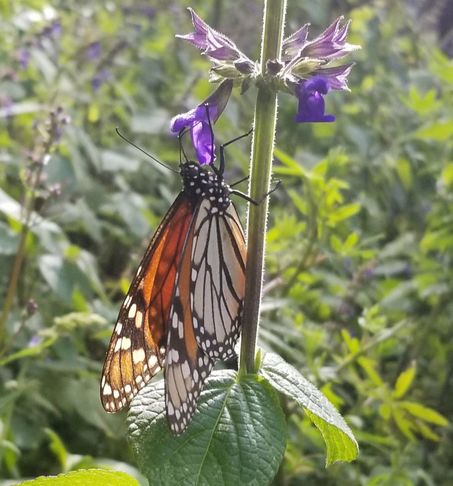
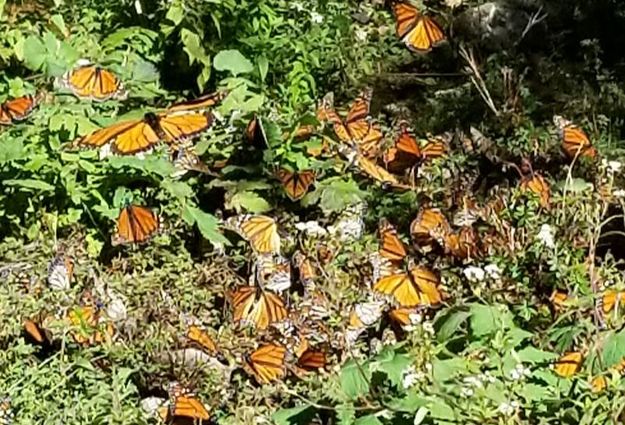
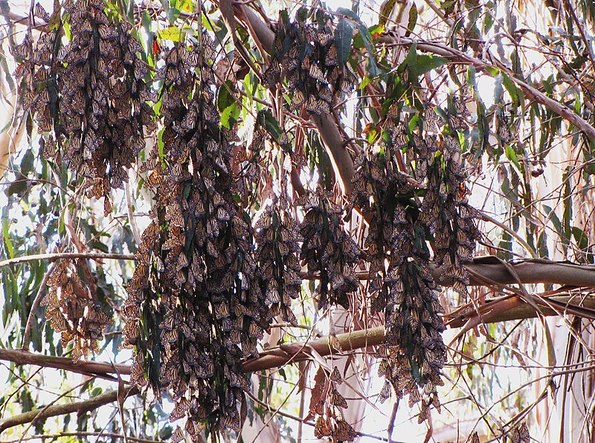
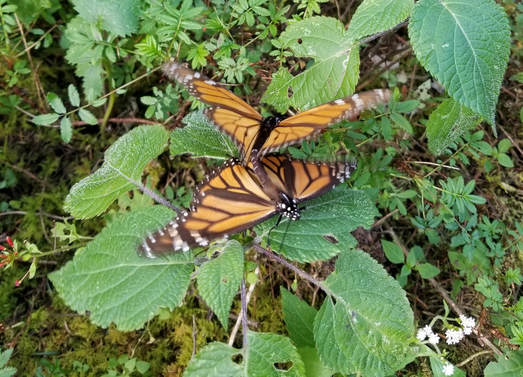
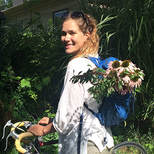
 RSS Feed
RSS Feed